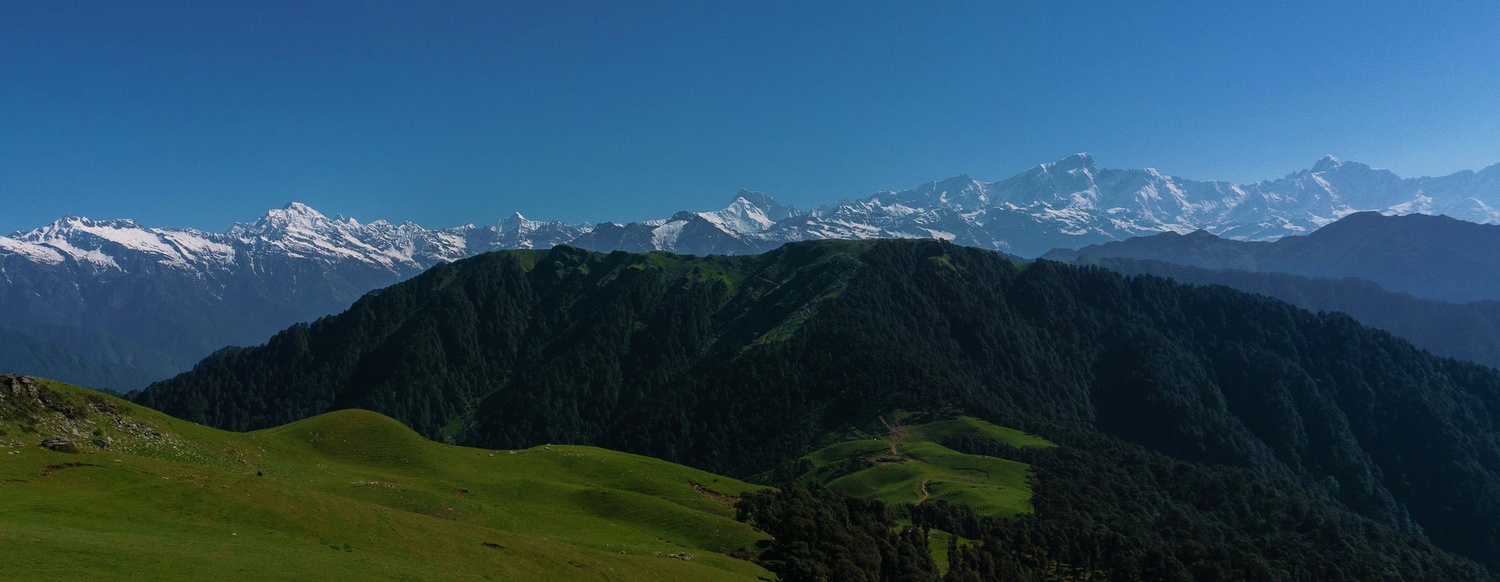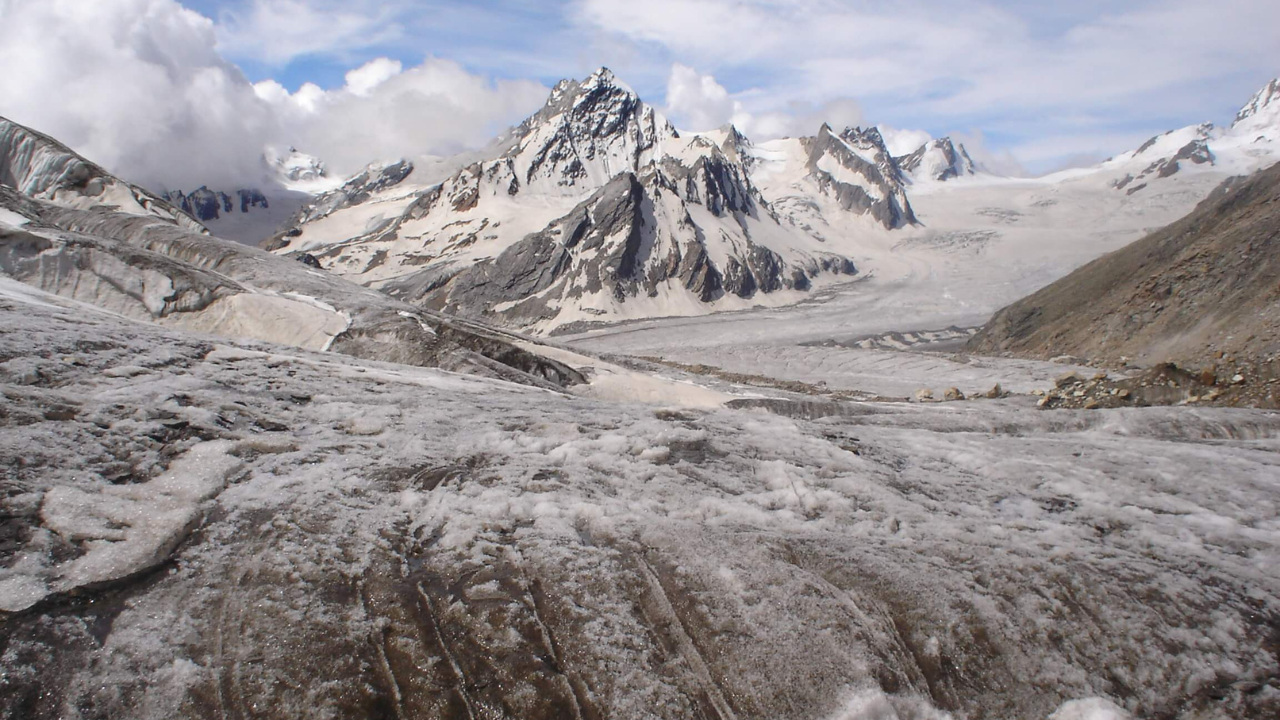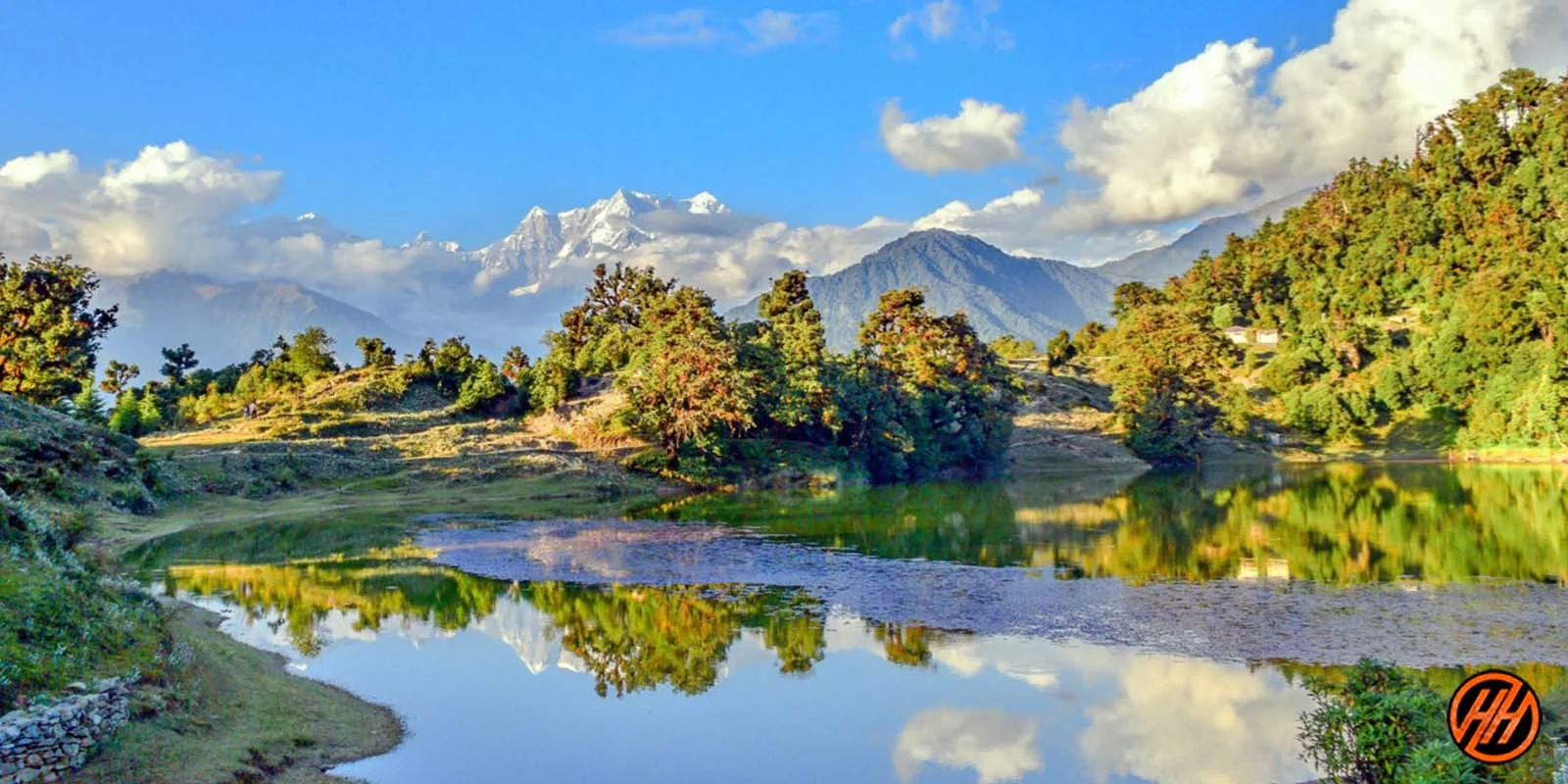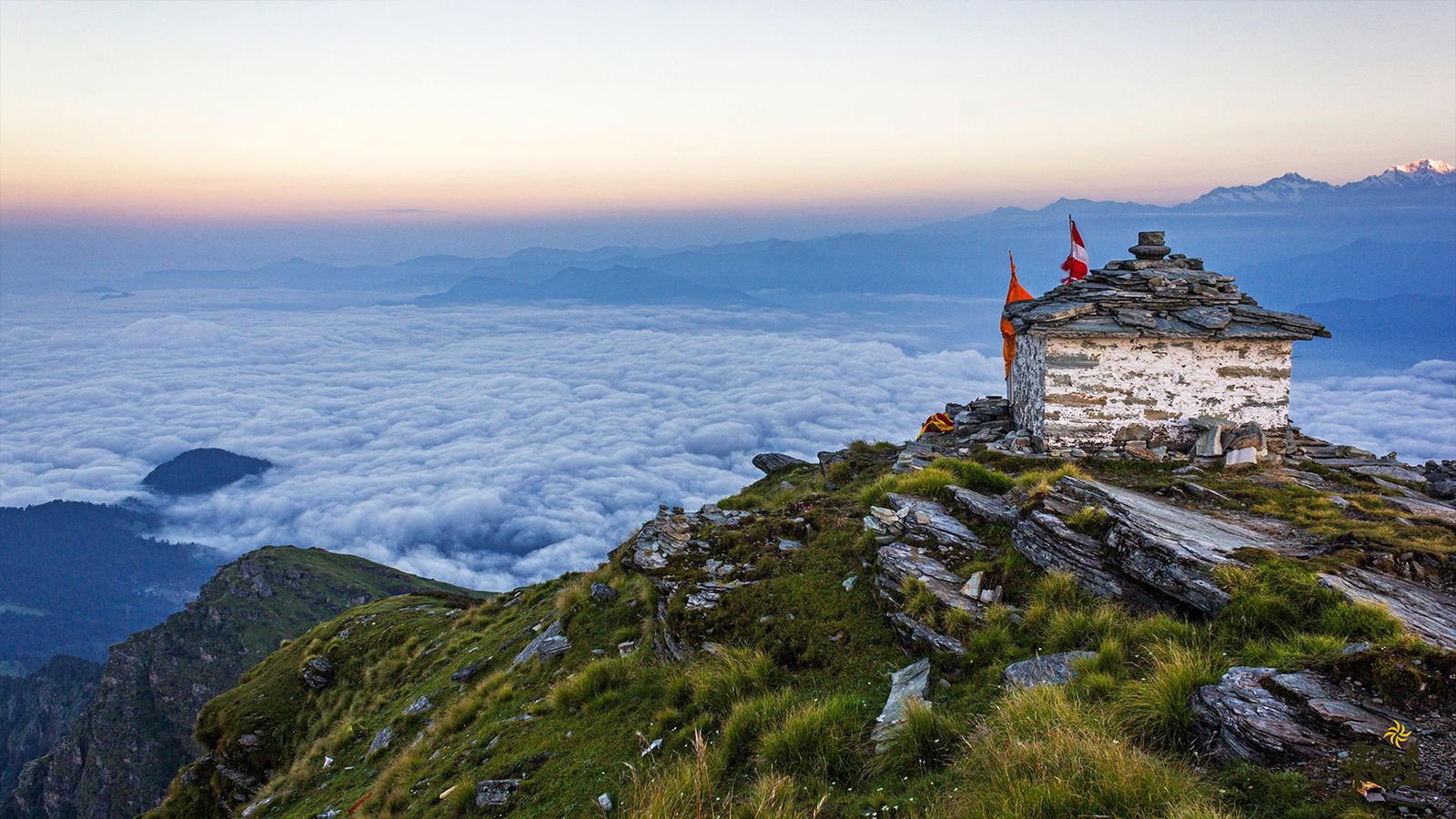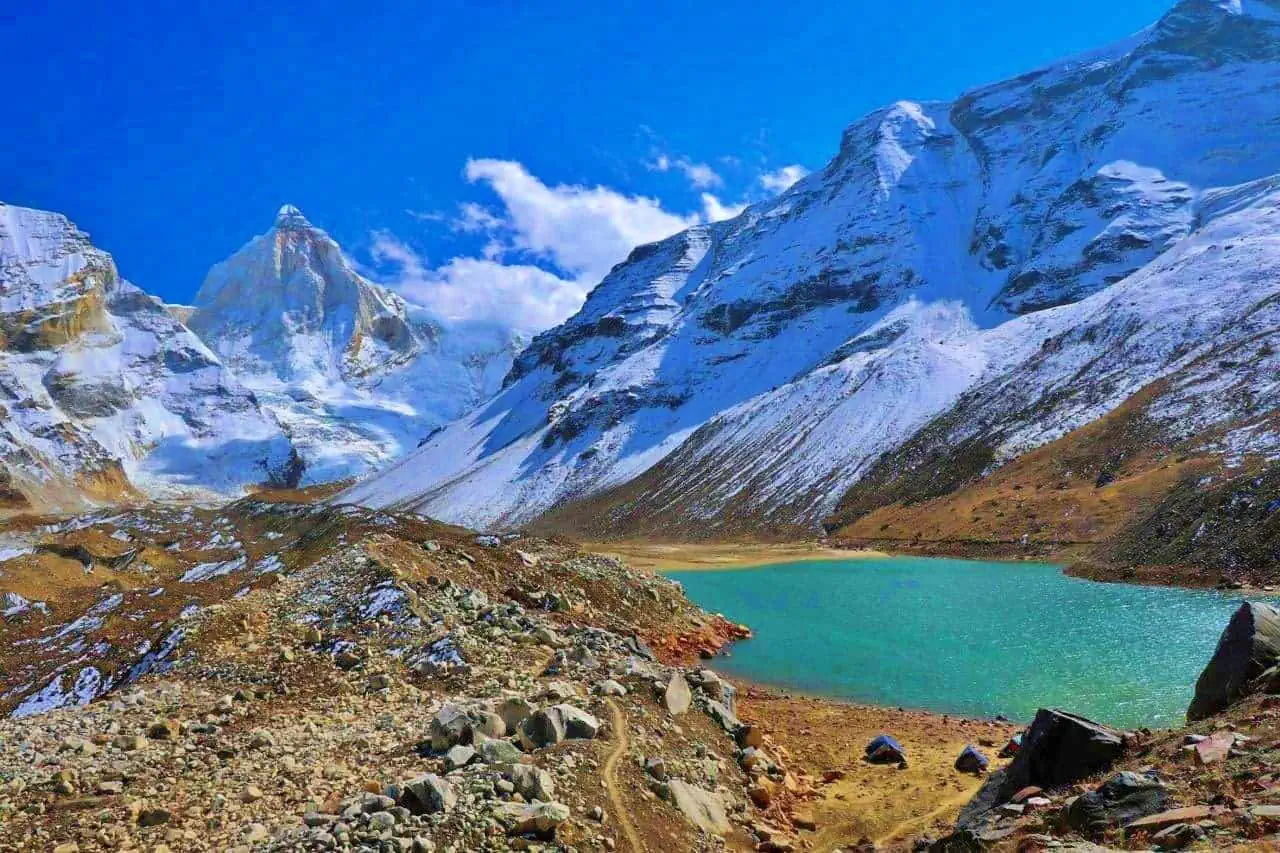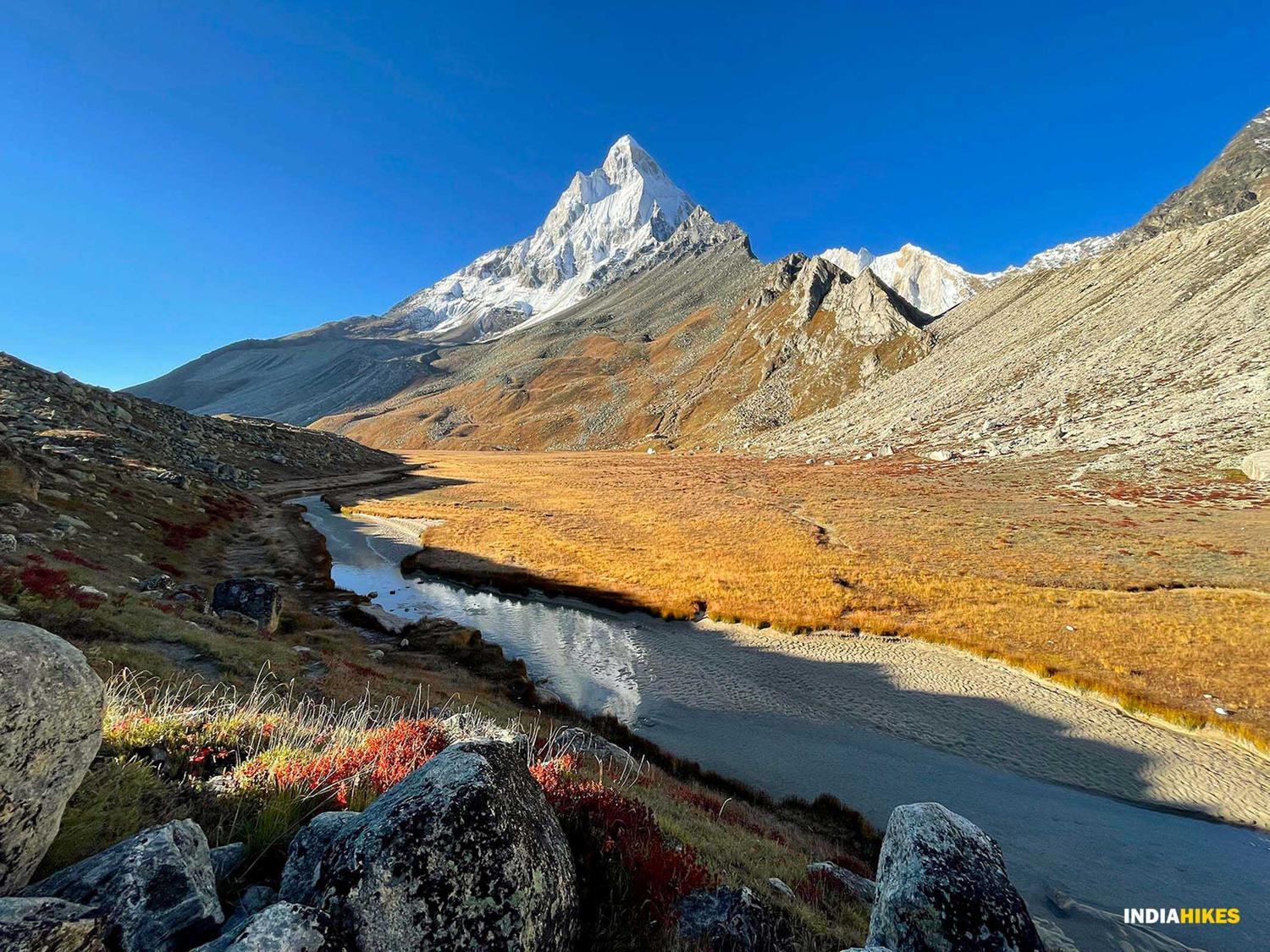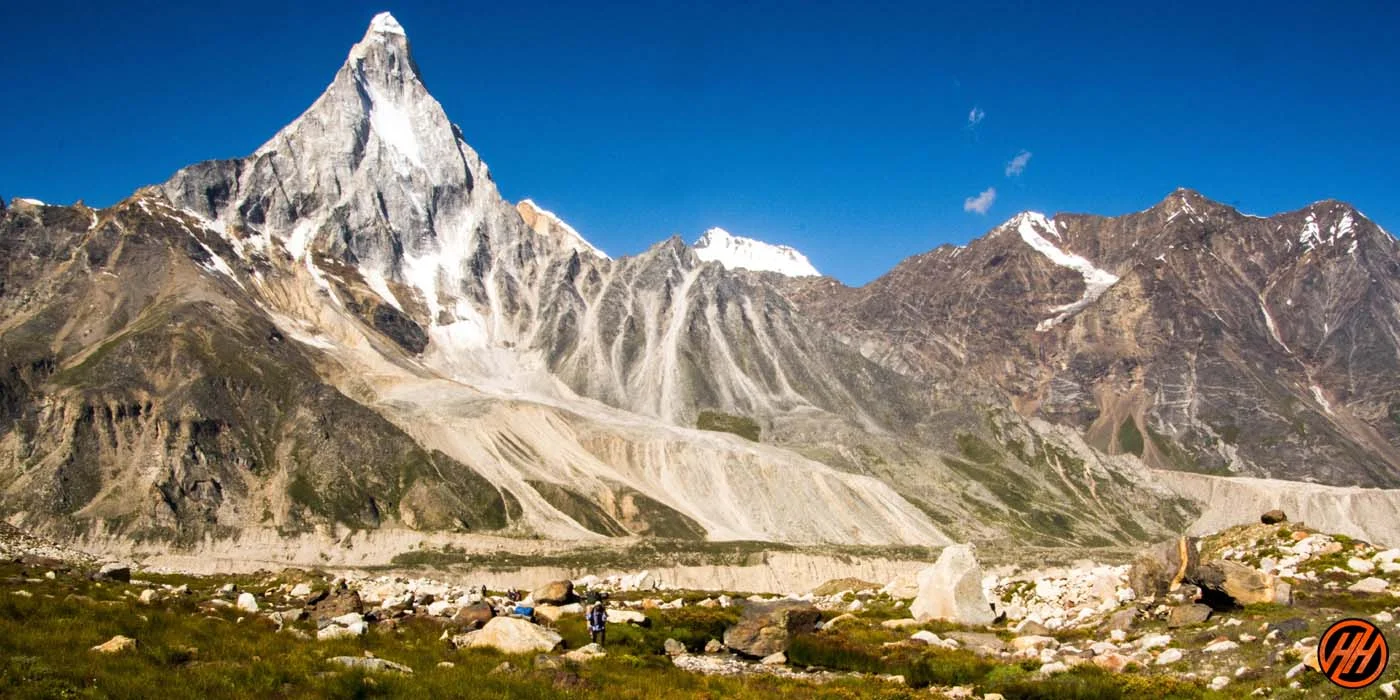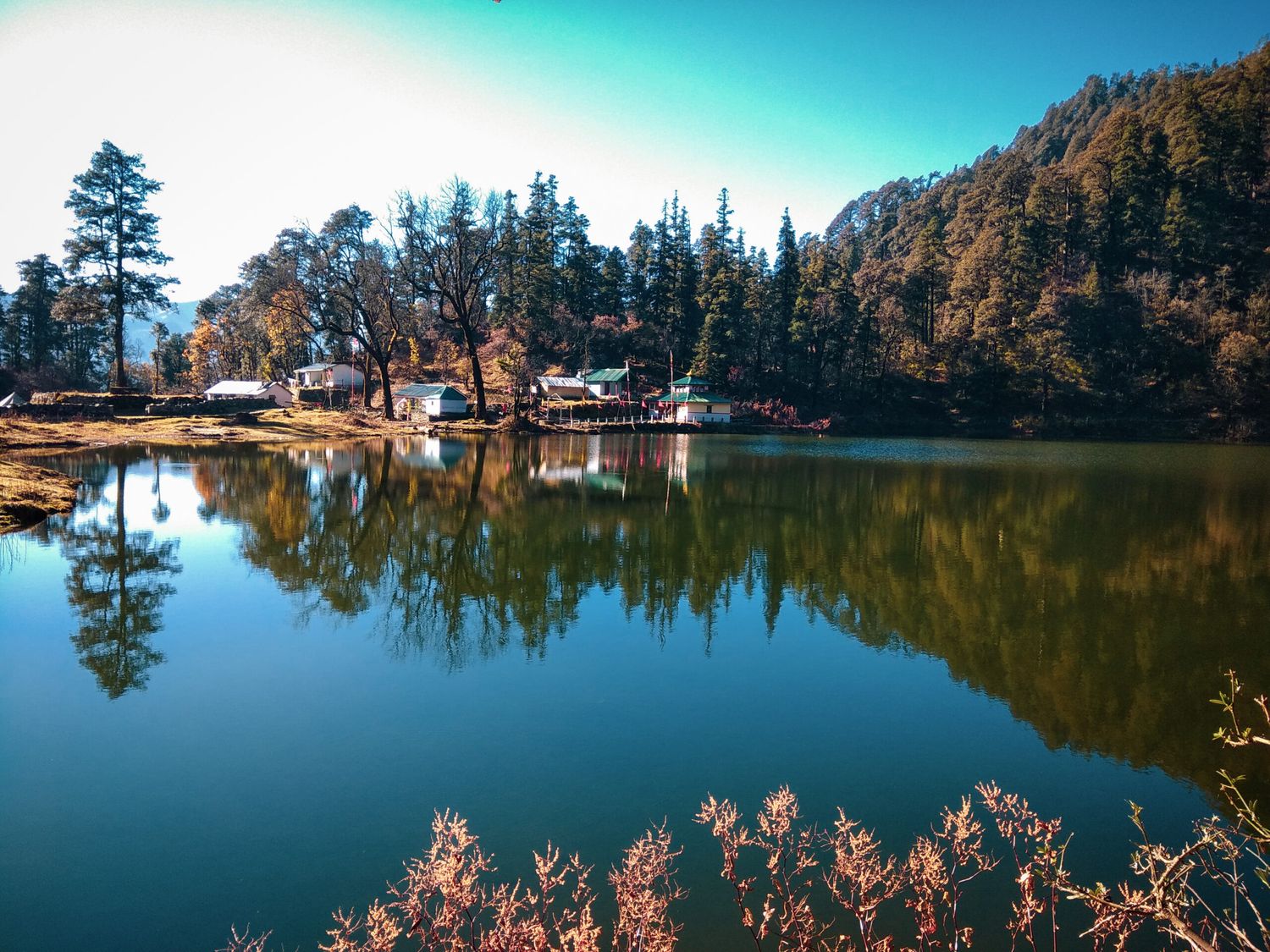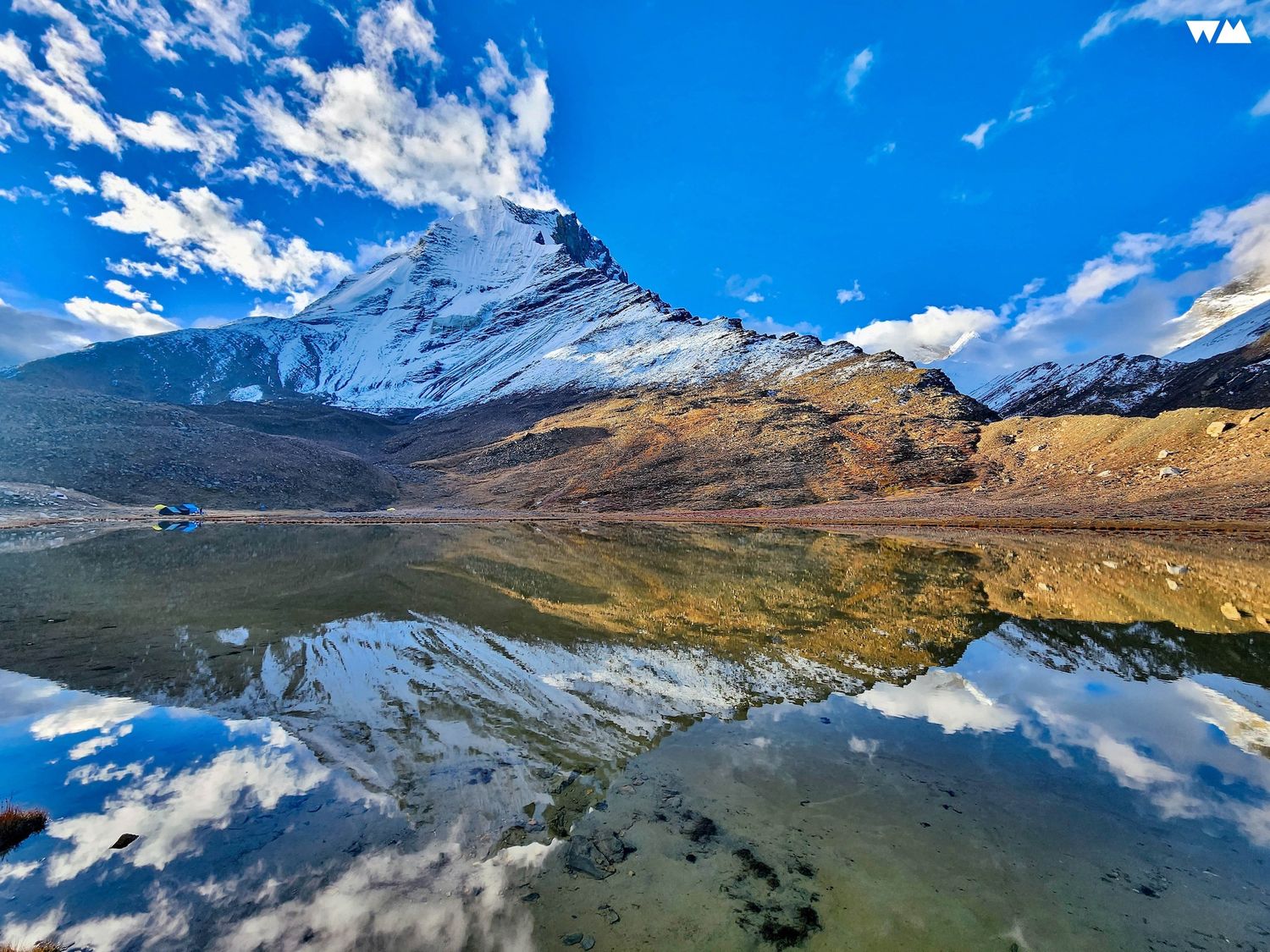Panwali Kantha Trek: Meadows of the Gods
The Panwali Kantha Trek is one of the most scenic meadow treks in Uttarakhand, taking trekkers through sprawling alpine pastures with stunning views of the Greater Himalayas. Situated at 11,975 ft, Panwali Kantha is famous for its undulating meadows, wildflowers, and uninterrupted views of Himalayan giants like Nanda Devi, Chaukhamba, Kedarnath, and Trishul. This trek is not only a visual treat but also carries mythological significance, being linked to the epic Ramayana.
The Allure of Panwali Kantha
Panwali meadows stretch endlessly, offering a landscape dotted with shepherd huts, rhododendron forests, and clear night skies filled with stars. The trek provides a unique experience of solitude and grandeur without the heavy crowds seen in other popular treks.
Highlights of the Trek
- Expansive alpine meadows and wildflowers
- Panoramic views of Nanda Devi, Chaukhamba, Kedarnath, and Trishul
- Rich birdlife and high-altitude flora
- Mythological connection with Lord Rama and the Ramayana trail
Mythological Significance
According to legend, Lord Rama and his brothers are believed to have walked through these meadows on their way to Kailash. The trail is also considered sacred as it connects to the ancient pilgrimage route of Kedarnath.
